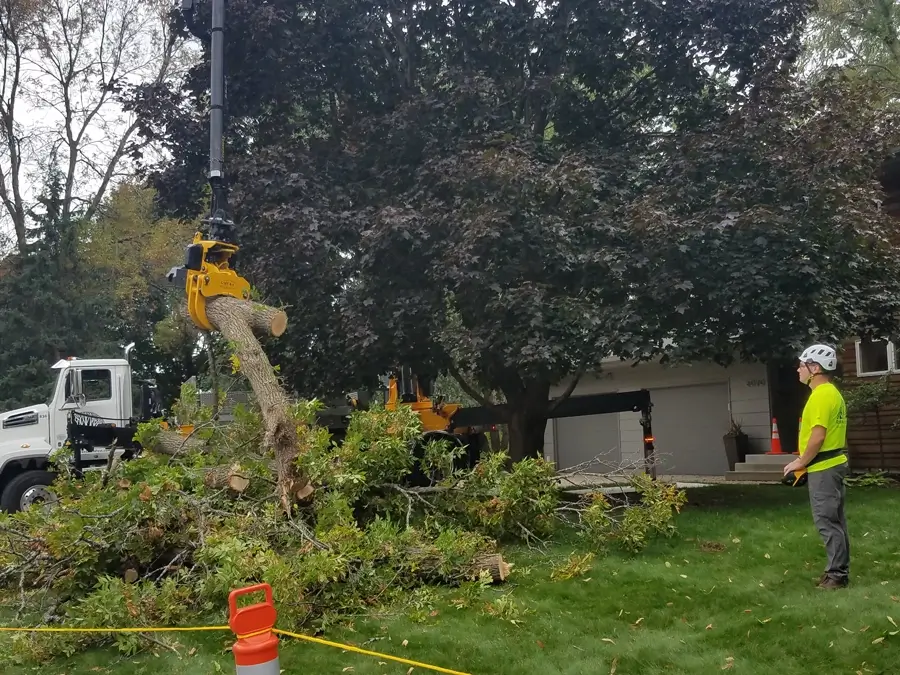The Problem
The “wall of wood” that is facing the Twin Cities is massive and the peak of wood coming down due to EAB is still a decade out. Addressing this wood waste “tsunami” requires an all-hands-on-deck approach from multiple angles and players. Currently, the volume of wood “waste” is so great that burn pits, out-of-state-dumping, and landfills absorb a large amount of the wood (in addition to large mulch facilities). Wood waste has also been supplying energy-producing facilities in the region but their future is tenuous.
Our Solution
Working with Rainbow Tree Care, Unified Wood Economy (UWE) is exploring the development of a large-scale wood upcycling campus scaled to match the size of this crisis. Scaled urban wood utilization will make positive health and economic impacts by diverting valuable resources from landfills and burn piles to high-value options. This team is building a business case for a wood upcycling campus (with potentially more than one aggregation site) in the greater Twin Cities. A deep well of knowledge and interest in wood utilization already exists in Minnesota and the success of this project is directly tied to a strong base of committed stakeholders. This project is poised to take a “bite out of the wood tsunami” but the scale of the problem will require a wide range of innovative and regenerative solutions.

